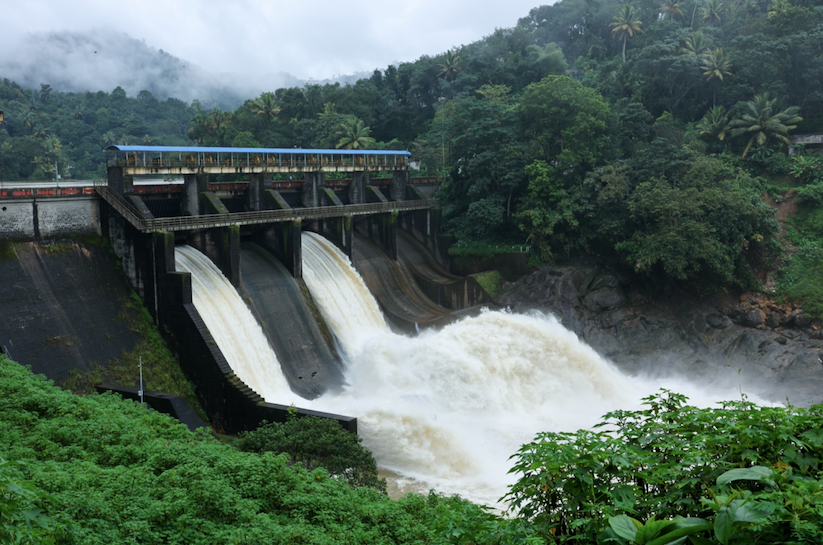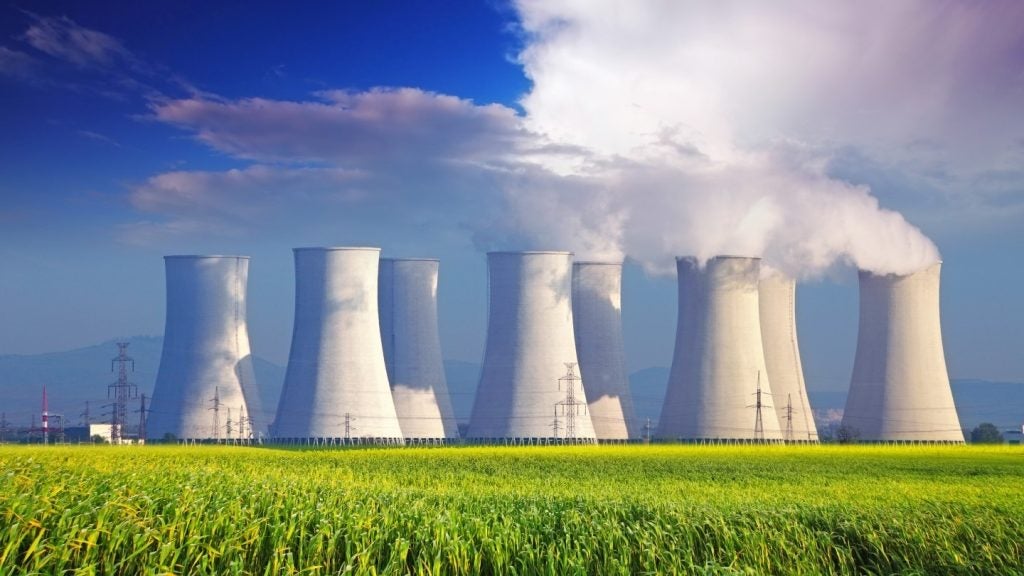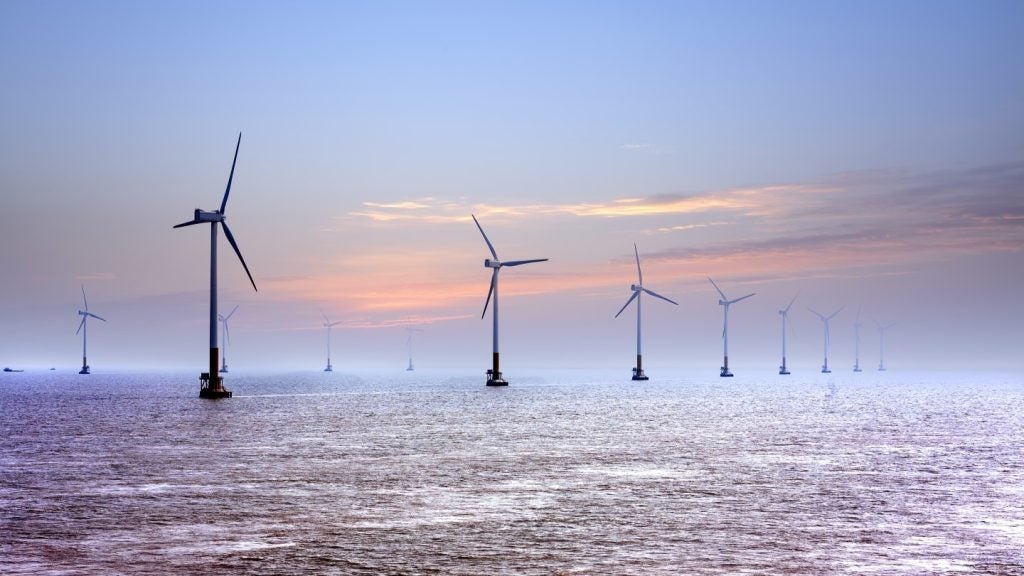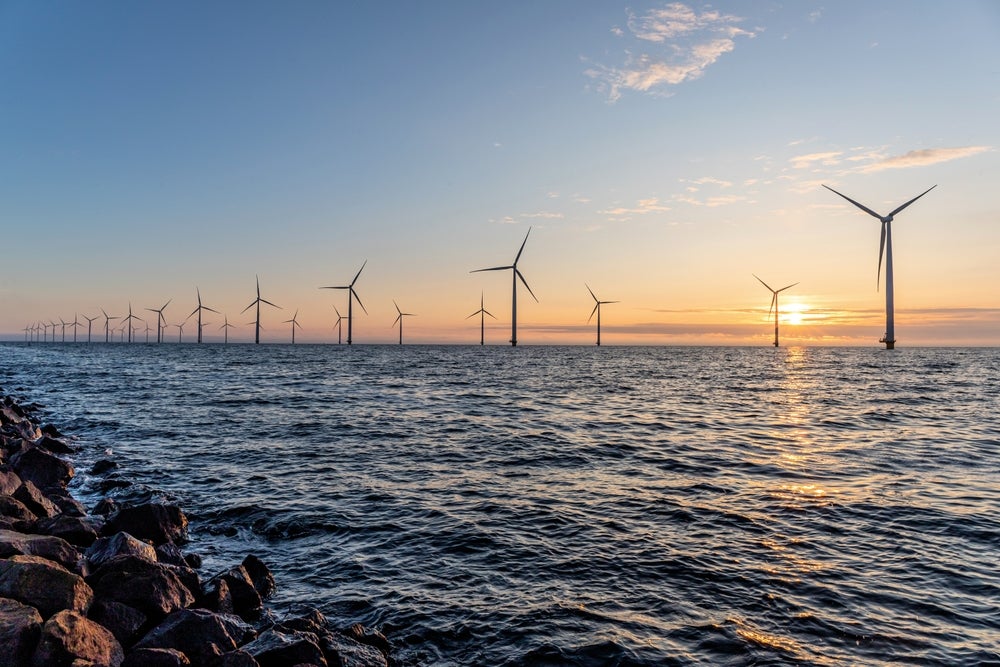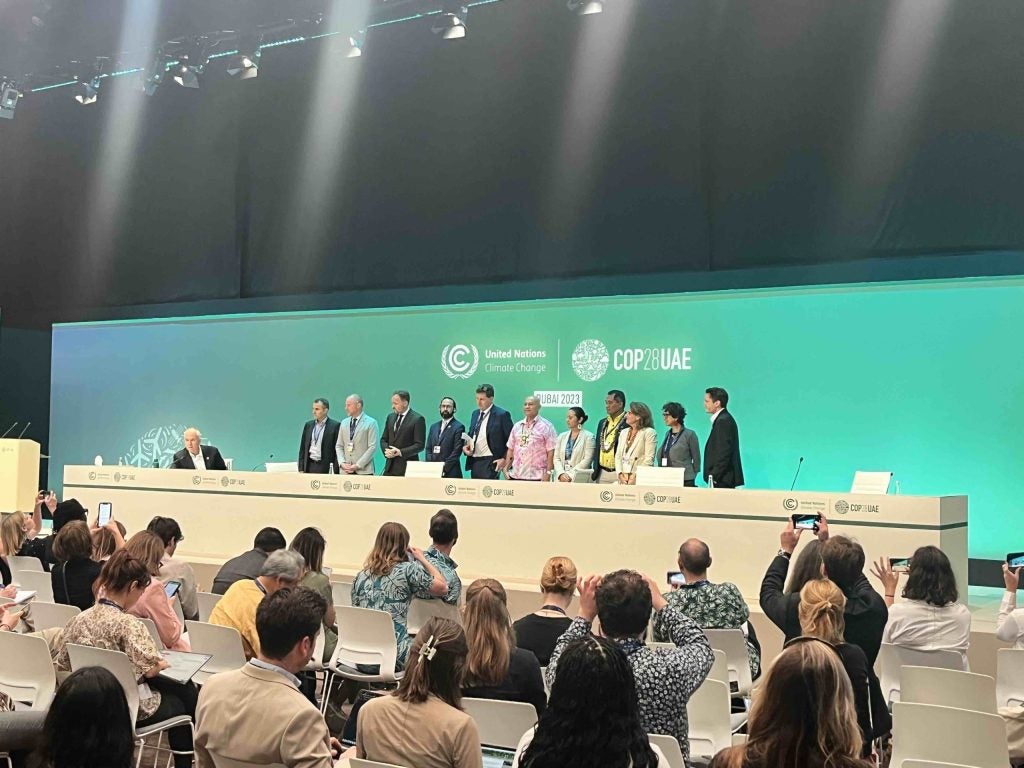In August 2023, India, Nepal and Bangladesh announced a tripartite hydropower trade deal, a first of its kind in the region. Under the agreement, Nepal will supply 500MW of hydropower to Bangladesh using a high-voltage Indian transmission line. In return, India wants Bangladesh to grant it permission to lay new transmission lines connecting its north-eastern states. The move promises to boost cross-border electricity trade in South Asia.
India runs the world’s largest single grid infrastructure, and the country has bilateral power-sharing agreements with Bangladesh and Nepal. Bangladesh currently imports 1.16GW of electricity from India every year. In addition, as Indian investment pours into Nepalese hydropower projects, Nepal has become a net exporter of electricity, supplying an annual 452MW to India.
India’s energy interest in its neighbours is not just a push for renewables and mutual growth, but an act of diplomacy against the influence of China in South Asia. In recent years, China has agreed to finance renewables projects worth $500m (3.57bn yuan) under public-private partnership agreements with the Bangladeshi Government. It has become one of the key players in electricity generation in Bangladesh. Similarly, in Nepal, the Upper Tamakoshi Hydroelectric Project, which contributes 1% to the country’s gross domestic product, was put into operation with a Chinese company.
India and China are using hydropower to jostle for influence in South Asia.
India and China jostle for hydropower in Nepal
Nepal has the potential to generate 42GW of hydropower, according to the Asian Development Bank, and both India and China have invested billions of dollars in dams in Nepal over the past decade. In 2014, India and Nepal struck a power export deal, which ran until 2018, when India changed its policy and claimed it cannot purchase power produced from the investment of countries with which it does not have a "bilateral agreement on power sector cooperation”. In other words, India would not purchase power from Nepal if it was linked to Chinese investment or involvement, either in terms of equipment or workers.
Since this policy shift, Nepal has awarded four hydropower contracts to Indian companies – two of which had initially been awarded to Chinese companies – and revoked contracts for six Chinese hydropower companies in the equation. While campaigning for local elections in 2022, Sher Bahadur Deuba, the former prime minister of Nepal and chair of the Investment Board of Nepal, told the media: “India won’t buy electricity from the West Seti hydro project if it is built by Chinese companies, so I am going to give it to India.”
Nepal already generates 2.7GW of electricity from hydropower, of which the country’s domestic demand claims 1.7GW. While the surplus is meant for export, if India does not buy, it is wasted. In 2022, Nepal had a surplus of 500MW per day, worth $90m (NRs12bn), which it was unable to sell. India’s hegemony over Nepal’s water resources is a case of “bare-knuckle politics that locks Nepal into a one-way hydro-relations with India”, says Uttam Kumar Sinha, a senior fellow at the Manohar Parrikar Institute for Defence Studies and Analyses in New Delhi.
“There are big challenges to installing hydro projects in terms of costs, risks, ecological damages and local anxieties. However, India’s energy requirement is humongous, and it will have to carefully assess each hydroproject and its cost-benefit results. It cannot afford to have white elephant projects,” he told Power Technology.
India’s hydropower politics in Nepal do not necessarily benefit Nepal.
China plans a new mega dam
Hydro-hegemony between India and China centres on the control, management and use of water from transboundary rivers, particularly rivers originating in the Tibetan Plateau, such as the Brahmaputra and the Indus.
As downstream nations, Nepal, Bangladesh and Bhutan rely on the flow of these rivers for agriculture, energy and sustenance. Any alteration in flow due to upstream activities – such as dam construction for hydropower generation – can directly impact the livelihoods and economies of these countries.
Nepal and Bhutan, despite being smaller in size, possess significant hydropower potential. However, their ability to harness water for economic development is influenced by India and China, as these larger neighbours exert considerable influence over the water resources shared by all parties.
In 2020, reports first surfaced that China would build a mega dam on the Brahmaputra river that would generate 300 billion kilowatt-hours of energy every year. The Brahmaputra originates in the Tibet Autonomous Region, then flows into India before finally forming the delta in Bangladesh. In July 2023, it was reported that construction of the mega dam had begun. The Power Construction Corp of China announced: “There is no parallel in history... it [the project] will be a historic opportunity for the Chinese hydropower industry.”
At the same time, criticism started coming in from environmental groups in India, which fear that in the absence of any bilateral or formal agreements between India and China, such projects in the sensitive ecology of the Himalayas are a disaster in waiting.
India and China on hydropower hegemony in South Asia
China’s decisions as an upriver country can have direct consequences, for instance, on the quantity of water available downstream. Bangladesh has often raised the alarm about how it could be left barren if upriver states continue to exert largely unilateral control over shared water resources. Nevertheless, China refuses to sign an independent transboundary river policy. India is on the same page as China on this, establishing the same hegemonic relationship with its downstream neighbours.
While the two countries defend their projects as part of plans to promote economic development and renewable capacity, diplomacy around water resources often disregards the socio-cultural and environmental significance of water to communities downstream. There is a risk of mass displacement for people whose cultures, traditions and livelihoods are tied to forests and rivers. In February this year, the Indian Government approved the construction of India’s largest ever hydropower project across the Dibang river (a tributary of the Brahmaputra) in Arunachal Pradesh. The multipurpose dam, which will be built on the Indian side of the disputed India-China border, is expected to inundate 11,624 acres of forest land and threaten wildlife.
At the forefront of resistance to this dam are members of the Idu Mishmi tribe of Arunachal for whom the mountains and river form a unique belief system and identity. Dams are also known to disrupt the natural pulse of rivers, blocking fish from moving between feeding and spawning grounds, interrupting their life cycles and limiting their ability to reproduce. For downstream farmers and fisheries in India and Bangladesh, this means a hit on fishing activities as well as crop cycles due to the lack of water availability.
The question is if India and China’s renewable energy pursuits, coupled with their ambitions of controlling resources in South Asia, have to come at a cost for other countries and the livelihoods of their people.
“The management of shared water resources in South Asia is interlinked with politics, demography, economy and socio-cultural dynamics. That it is emotive and divisive is a reality,” says Sinha. The idea of bilateral water relations is rooted in equitable sharing of water resources; however, in practice "it has largely been a top-to-bottom approach [without] the perspectives of local communities or the broad river basin. A new direction in trans-boundary water governance is required.”


